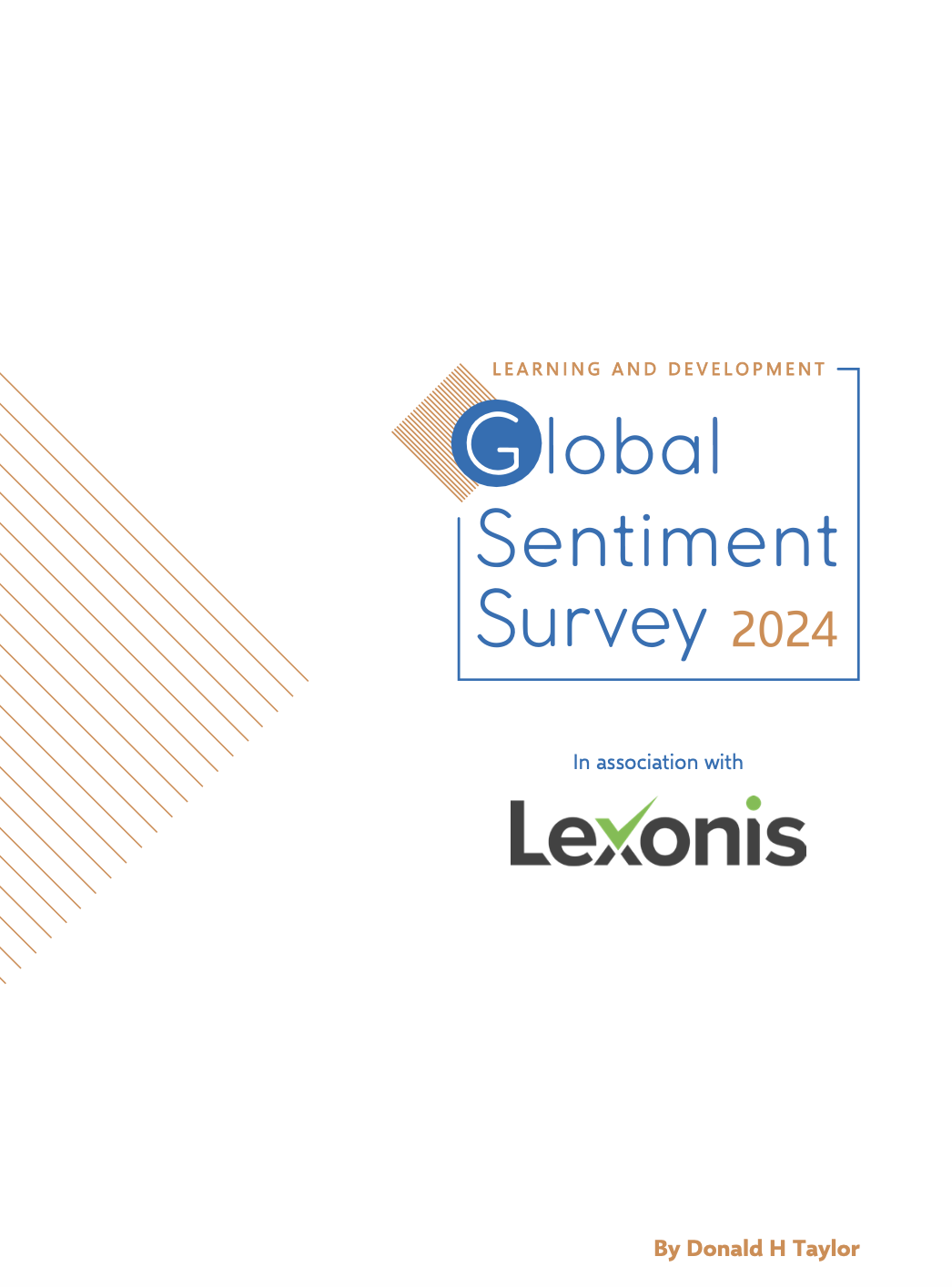Six Steps to Finding Value in Your HR Data
Steven Lowenthal
Donald H Taylor, Chair at the Learning Technologies Conference
The hardest thing about data for most HR and talent professionals is knowing where to start.
We hear a lot about the enormous power of big data, and marvel at how services such as Amazon and Netflix can anticipate our desires. Faced with that, it might be easy for HR professionals to throw their hands up, observing that we cannot possibly replicate what these giants do, without sufficient data and processing resources.
I have some sympathy with that. But here’s the thing: we don’t need to copy them. They deal with billions of data points, spread over millions of people, every day, to form good predictions of what individuals are likely to do in a very limited set of circumstances – will a person choose to buy or not, to go for a comedy film or a costume drama boxed set?
That’s big data, for sure. But it’s spread very thin. There isn’t much depth or subtlety in that.
In the talent and HR worlds, our approach is necessarily different. To do our jobs properly, we need to find answers to more complex questions, for a far smaller group of people. If that sounds like an impossible task, consider this: our organisations know far more about our population than the technology giants do. Employers have data on peoples’ productivity, output, attendance, competencies, career plans and more. We know far more about our employees than Amazon ever could.

Used responsibly, there is a tremendous amount we can do with this data. And most of the value comes from being able to correlate data from across the various systems in an organisation, so that we can see, for example, how talent programmes impact retention, or management approaches affect performance.
To achieve this, you don’t need to be a data scientist – you can hire one of those when needed. You do, however, need to do six other things which may prove as demanding:
1. Locate the data – data is spread across your organisation in a range of systems. Don’t make the mistake of trying to track it all down. Instead, identify the sources of data that are most likely to help you with your mission (which should be correlating an HR/L&D activity with a business metric) and find the two or three systems in which the relevant data is held, for instance your HRIS, competency management and performance management systems.
2. Access it – this might sound straight forward, but it’s not always clear who the data belongs to, and who can grant permission to use it. In addition, a department may sit on its data because it doesn’t want someone knowing what it’s doing, so getting past this stage requires technical and diplomatic skills as well as some knowledge of data privacy.
3. Collate it – to be really valuable, the data you’re working with will almost certainly come from multiple sources and be in different formats. Fields may not correspond to each other, and it may be that different data sets need a key added to correspond with each other. It’s likely that you’ll need some technical assistance here.
4. Decide the question – you may approach your data set with a general sense of what you want, but it’s only after seeing your data sets that you’ll be able to express it precisely. For instance, you might want to correlate the competencies of your salespeople with their training and performance, but is that sales performance by individual, team, or territory? Do you have trend data from before the training? And how will you isolate the impact of training from anything else happening in the organisation? Once you’ve considered how the data is constructed, you’ll be able to pose the right question.
5. Ask the question – to query your data set you may need some help mining it, whether this is setting up a Microsoft Excel PivotTable, writing a SQL script or using business information tools. Even if you believe that you know how to do this, it’s worth collaborating with someone else to ensure you’re not missing anything. By the way, the Lexonis software platform makes this easy by providing the flexibility to generate data in various formats, enabling you to analyse your data using your favourite Business Intelligence tools.
6. Interpret and re-iterate – imagine your worst enemy is interpreting the results of your query. What holes could they pick in it? Where would they say you’re making invalid assumptions, or putting causality in place of correlation? It is very easy to fall into confirmation bias, seeing what you want. Try to do the opposite. And then, when you’re convinced you’ve found something interesting, delve deeper. Loop back to step 4 and ask further, more searching questions.

Although I’ve talked a lot here about data, the real value in this process comes not from the technical side of things – being able to collate and query the data (steps 3 and 5). Rather, it comes from understanding the context of your business and being able to decide on what are the important questions to ask and interpreting the answers to them (steps 4 and 6).
In other words, to really be great at using data, you don’t need to be a data scientist, but you do have to understand the organisation you work for. We’ll have more on this in the follow-up to this blog.
If you would like to find out more about Lexonis’ competency-based talent solutions and how they can help you to understand your employees, feel free to contact us.
You may also like

There is a skills gap problem in the developed economies…

The business value of adopting a skills-based talent strategy and…

What is trending in workplace L&D this year? Are your…